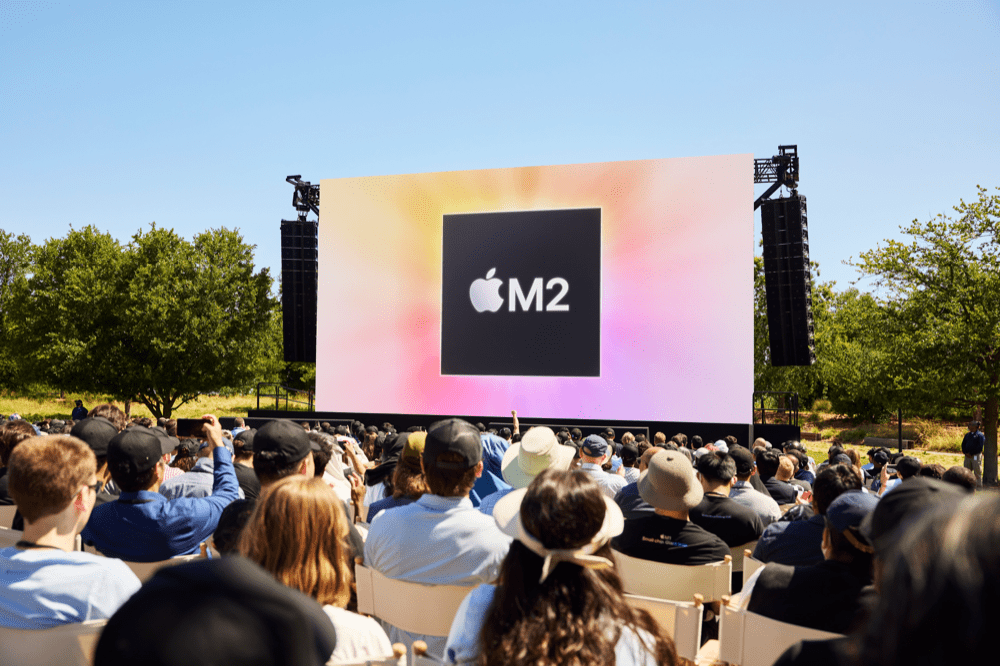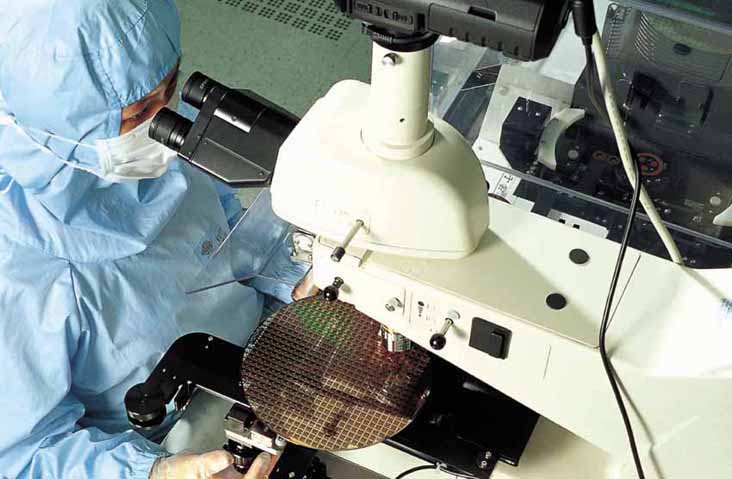Why I think Apple wants (& can) design even more components

Developers at Apple Park met the new processors
There’s nothing like an atmosphere of international mistrust and nation state driven hacking to help create an environment in which owning the means of production of key business elements makes complete sense, and this is precisely what seems to be happening to Apple’s silicon design team.
Apple wants to own all its chips
Apple is allegedly working toward developing or even manufacturing an even larger number of key components for its devices.
These extend beyond the powerful A- and M-series chips and the seemingly delayed 5G modems the company is building/developing – they now seemingly include plans to create Wi-Fi and Bluetooth chips and even to the design of the tech used in future displays.
All this activity makes complete sense.
You see, as processor design hits 3nm we’re going to see much more focus on how to make systems faster in ways other than the chip.
One way is tech improvements at a very micro level, another is to assemble solutions that are integrated at every layer of the design – from software to hardware to the etching on the tiniest fraction of the chip.
That’s not just an Apple challenge, by the way, it’s a challenge that, like Harry Potter’s sorting hat, is going to lead to a deluge of M&A activity across PC manufacturers and silicon foundries.

Image c/o Taiwan Semiconductor Manufacturing Co., Ltd.
Challenges are a business opportunity
Because intrinsically it threatens the old ad hoc business plan.
Apple is ready. After all, it, probably more than anyone, understands the importance of building systems in which hardware and software are built to love one other.
That this affair now extends to the sundry silicon used in its devices is so obvious once you stop to think about it, it’s a surprise people are only just getting to grips with the direction of travel.
Indeed, think a little more deeply and you’ll see Apple is already involved in building at a silicon level – even to the sensors in displays, memory controllers and flash memory handling.
In support of this, Apple has made a host of shrewd acquisitions across the last decade that mean it has the silicon development expertise it takes to become a full-fledged component producer in its own account.
This seems in retrospect to have been part of the plan since before its iconic PA Semi purchase.
Some saw it coming years ago. Apple has been flagging this up for some time. In a 2021 interview some Apple top brass confirmed the company to be engaged in replacing processors across the board within its multi-year silicon development process.
Apple CEO Tim Cook has frequently stressed his company is prepared to work on core technologies for years and that it defines what it needs from new silicon designs years ahead of time.

Now we’re talking about that, what’s happening there?
That we’re only now hearing of these plans in a more overt way means the company’s internal teams already have a vision that extends beyond them. I don’t believe for a single solitary second that those information leaks that do emerge are not managed in some way. I think it’s all about unattributed market preparation.
But what we can surmise from all of this is as follows:
Apple intends to create complete System On Chips (SOCs) integrating not just processors, memory, and neural engines, but also modems, Wi-Fi, Bluetooth, and as many of the other technologies as it can.
The intention will be to build highly integrated hardware systems designed to deliver tightly articulated software solutions on devices that deliver more computational performance at far lower energy costs and far more securely than other systems can provide.

The beautiful game
Toward 2122
It will do this because it knows that every manufacturer must now think this way to provide additional innovation (and innovation is not confined to design, though low cost high powered processors enable Apple to imagine and design whole new product families).
It likely also sees this as a critical point. Apple intends owning the key technologies for all its future products.
It wants to do so not because it continues to fight the Mac versus PC wars of the last century of computing, but because it intends fighting its way through to the end of the current century as it works hard to straddle (and enable) that space at the intersection of technology and the liberal arts.
Please follow me on Mastodon, or join me in the AppleHolic’s bar & grill and Apple Discussions groups on MeWe.




